Wintry snow-blanketed gardens are serene, sleepy, and breathtakingly beautiful. It's also a season when many tend to forget about gardening altogether! But if you want to see a lush green lawn and blooming plants come springtime, there are a few jobs that need doing in winter. Don’t fret – there aren’t many, and they’re mostly about protecting your plants from frost. In this article, you'll learn all about the important tasks and decorative plants most essential for a gorgeous winter garden.

Wintry snow-blanketed gardens are serene, sleepy, and breathtakingly beautiful. It’s also a season when many tend to forget about gardening altogether! But if you want to see a lush green lawn and blooming plants come springtime, there are a few jobs that need doing in winter. Don’t fret – there aren’t many, and they’re mostly about protecting your plants from frost. In this article, you’ll learn all about the important tasks and decorative plants most essential for a gorgeous winter garden.
The right way to prep your garden for winter
Before we get started on the winter work, let’s have a quick look at the autumn tasks. These jobs prepare your garden for winter and ensure your plants are hardy enough to handle the chill until spring arrives:
- Fertilising: Give your plants the nutrients they need to handle cold and dry winter months. Always opt for nitrogen-free fertilisers to avoid encouraging growth. Instead, go for products high in potassium and magnesium. You’ll often find special autumn fertilisers in garden centres and DIY stores.
- Watering: Make sure to give evergreen plants and conifers a good soak before winter sets in. This helps them store up water to survive dry winds, direct sunlight, and frozen soil.
- Frost protection: Delicate shrubs, young trees, and some perennials all need cover to protect against frost. Bubble wrap, Styrofoam, straw mats, hessian, pine branches, bark, or earth mounds all work well.
- Pest control: Fruit trees often suffer from pests and diseases during winter. The best time for treatment is right after the harvest.
- Tree painting: Frost and sunlight can cause cracks in tree bark, leaving it vulnerable to viruses, bacteria, and fungi. Applying a lime wash keeps the bark supple and less prone to damage from pests.
How to care for your garden in winter
If you’ve properly prepped your garden in autumn, there’s not much to do during the cold months. Here’s a quick rundown of the key tasks and tips:
How to handle snow in the garden
Snow typically offers plants extra protection from the cold. If there are areas in your garden that are shielded from precipitation, consider moving snow there. However, if too much snow piles up on shrubs, hedges, and trees, it can stress the branches. In such cases, brush the snow off to prevent any bending or breaking.
Pruning trees in winter
Did you know that winter is a prime time to prune trees? From November to the end of February (ideally during a thaw), you can easily trim wild shoots on fruit trees or give your deciduous and coniferous trees a neat shape. The exceptions are maple, hornbeam, and birch, which should be pruned in summer.
Caring for your lawn in winter
Lawns don’t demand much attention in winter. But if you want golf-course-green grass in the summertime, remember these tips: Avoid stepping on frozen grass to avoid damaging it. Also, don’t pile snow from roads or walkways onto the lawn, as too much snow can harm the grass.
Watering during the thaw
As soon as the spring sun shines and the frost retreats, a lot of water evaporates from the soil. If there’s no rainfall during this time, one of your essential spring gardening tasks is to water your plants regularly and thoroughly. Spring is also the ideal time to think about installing an automated irrigation system, which will take some of the work off your hands come summer.
Other winter gardening work
Winter gardening isn’t just about plant care. If you have a small fish pond, make sure the fish are getting enough oxygen even under a layer of ice. Create holes in the ice and keep them open using islands of Styrofoam or straw.
Bird feeders provide crucial food access during the lean winter months. Once you start feeding, make sure to keep the feeders topped up, as birds relying on them may struggle to find food elsewhere.
Shrubs and plants for a colourful winter garden
With snowy gardens becoming rarer due to climate change, it’s a good idea to plant attractive shrubs and plants that will brighten up your garden during snowless winter months.
Plants with decorative fruits in winter
The following section highlights plants that hold onto their fruits even in frosty conditions. These include:
- Rowan: The bunches of red berries that decorate the rowan’s branches are synonymous with winter. They’re great for festive arrangements and can also be used to make schnapps and jams.
- Firethorn: These berries look like those of the rowan but come in a variety of colours. Yellow, orange, or red fruits add a dynamic, colourful accent to your winter garden.
- Cotoneaster: A winter plant with red or orange fruits, particularly eye-catching in rock gardens.
- Yew: The evergreen yew offers year-round privacy for your garden, with its red fruits a real wintertime highlight.
Plants with decorative branches and twigs
Certain dogwoods continue to catch the eye long after their leaves have fallen. Depending on the variety, their branches offer different colours that bring structure and colour to your winter garden.
- Flaviramea (Cornus sericea) brings eye-catching yellow tones, providing a lovely contrast on grey winter days.
- Midwinter fire (Cornus sanguinea) shines in warm orange hues, making the garden feel more inviting and alive.
- Red dogwood (Cornus sanguinea) is another top pick for winter, with its deep red branches creating bold splashes of colour.
- Siberian dogwood (Cornus alba) is an eye-catching addition with its scarlet-red stems.
Various maples are also decorative with or without their leaves:
- The red snakebark maple (Acer capillipes) is noted for its green-grey trunk, adorned with cracks and vertical stripes, all of which lend the tree a distinctive rustic charm.
- The Japanese maple (Acer palmatum) boasts vivid red branches all the more impressive in wintry gardens.
- The paperbark maple (Acer griseum) makes an impression with peeling bark that reveals beautiful layers of orange and brown.
In addition to dogwoods and maples, plants like the corkscrew hazel add a sculptural element with its twisted branches and remain a focal point even without leaves. These plants offer a variety of ways to give your garden structure and beauty in winter. By selecting and combining plants with decorative branches and twigs, you can create a striking winter garden that’s a visual delight all year round.
Blooming plants for winter gardens
While the selection of winter-blooming plants is limited, clever combinations of the available varieties can create interesting arrangements. With a bit of planning and creativity, you can give your winter garden a lively and colourful atmosphere. Here are some remarkable plants thrive in wintry weather:
- Hellebore: This tough little plant starts to bloom as early as December. Commonly called “the Christmas rose,” it’s loved for its resilience and eye-catching white-pink flowers.
- Heather: Blooming mainly in late January, Heather brings vibrant colours to the garden. Its flowers range from white to pink to deep purple, adding striking accents to the winter landscape.
- Witch hazel: Also known as Hamamelis, this plant produces its distinctive, spidery flowers from December to March. These range from yellow to orange and red, adding a touch of magic to chilly grey gardens.
- Winter jasmine: Blooming in January, its bright yellow flowers provide an early burst of colour to brighten up your garden as well as your day.
- Christmas rose: Famous for its long blooming season, which stretches from the first snowfall to early summer, its elegant white or pink flowers symbolise hope and resilience.
By carefully selecting and combining these winter-blooming plants, you can enjoy a garden full of life and colour even when it’s freezing outside. Each plant brings its own unique charm, and together they create an impressive and inviting garden display to brightens up dreary winter days.
The gardening tools you need
Every garden, from spring through winter, needs the right garden tools: rakes, hoes, spades, and snow shovels are must-haves. In addition, fruit pickers for harvesting and pruning shears for winter branch trimming are essential. And don’t forget your garden hose or irrigation system.
Summing up – winter gardening essentials
Winter gives you a well-deserved break from regular gardening tasks. For sure, use this downtime to relax and regain your energy – but don’t completely ignore your garden! Carrying out a few small tasks are all you need to do if you want to see your garden alive and kicking come springtime. It’s smart to check on plants regularly, protect them from frost, remove fallen leaves, and clear away dead plants. It’s also a good time to plan the upcoming gardening year and clean and repair your tools. This way, you’ll make sure your garden bounces back to life in the spring, with plants bursting with energy, decorative leaves, and delicious fruits. And remember, a little careful preparation in winter sets the foundation for a flourishing garden in the new year!

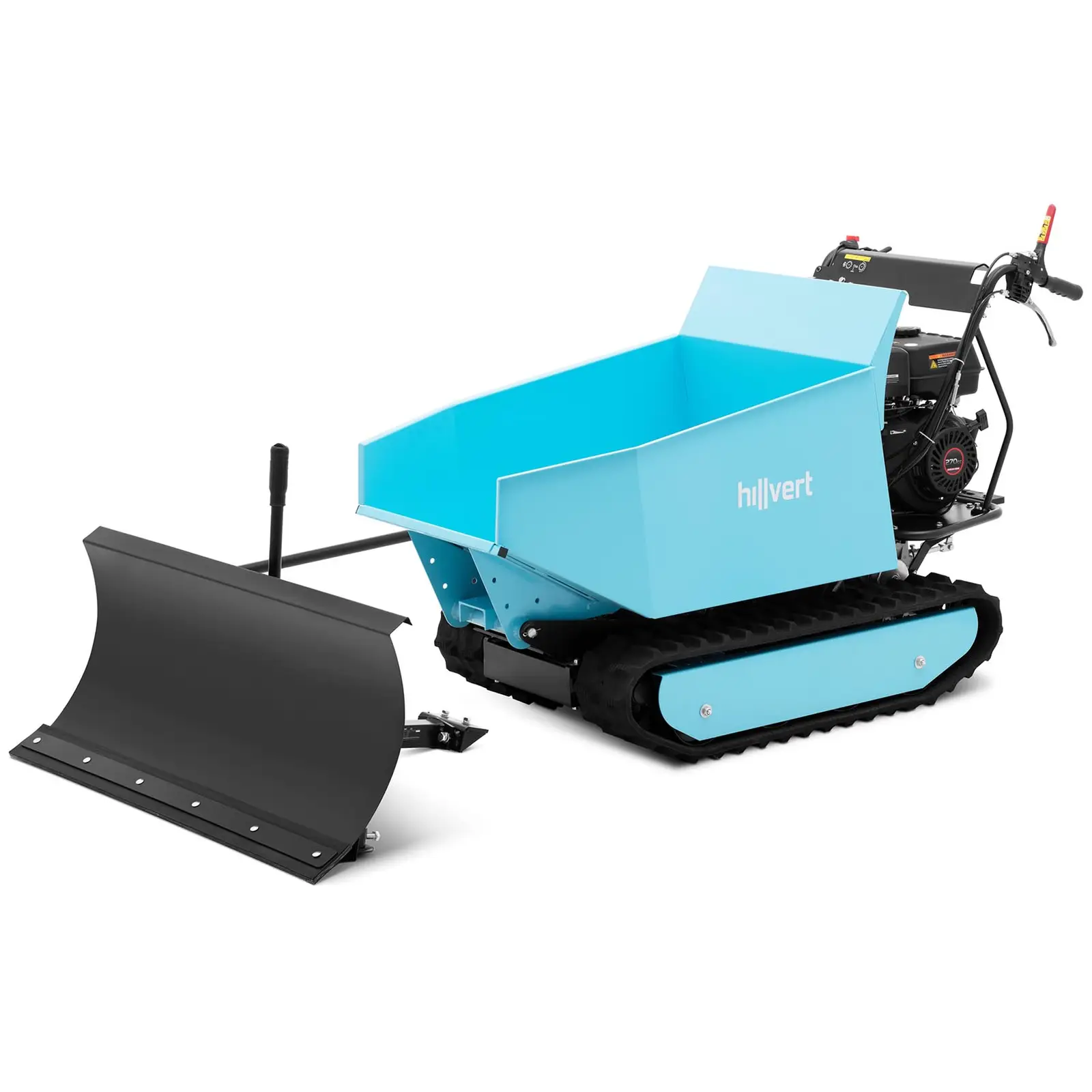
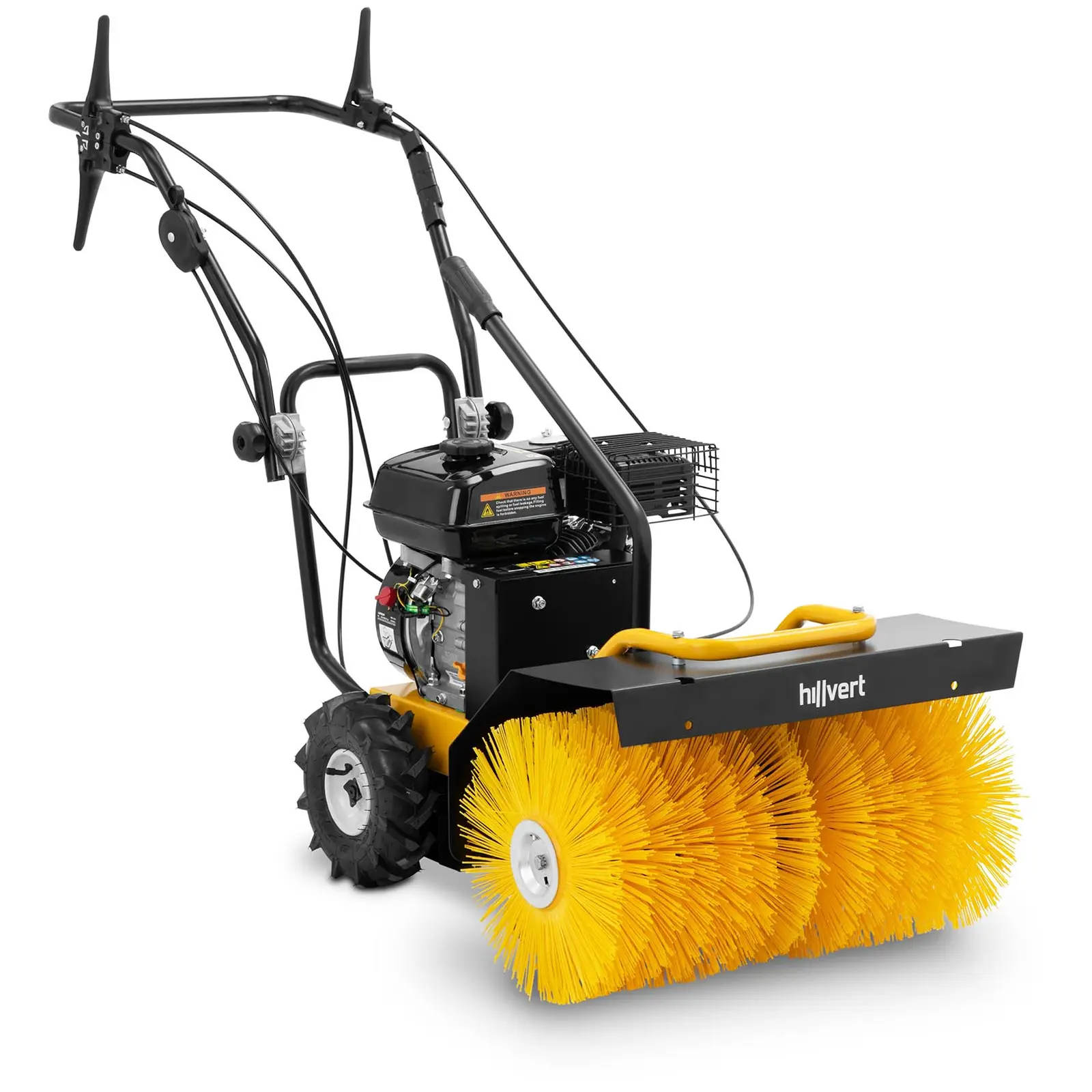


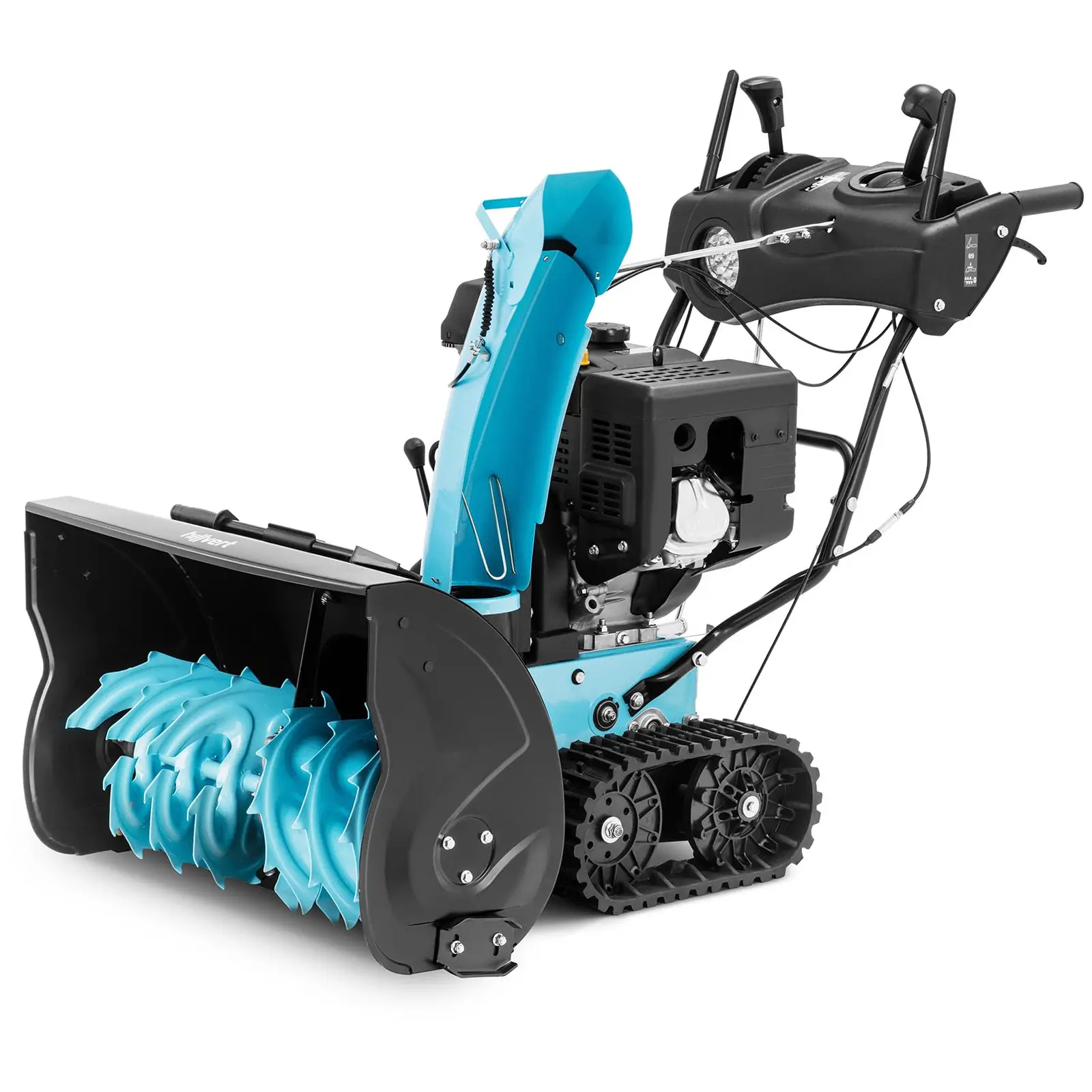
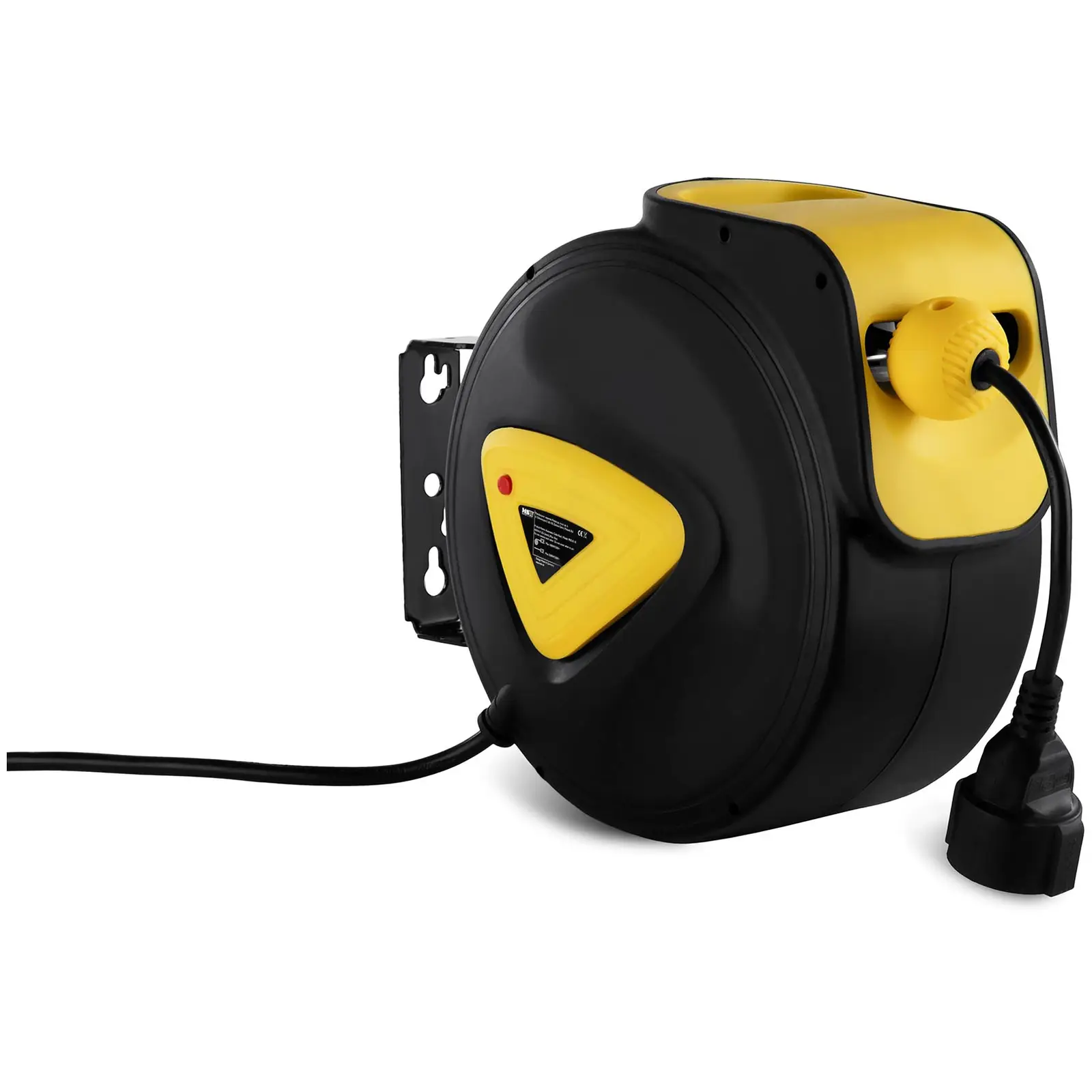
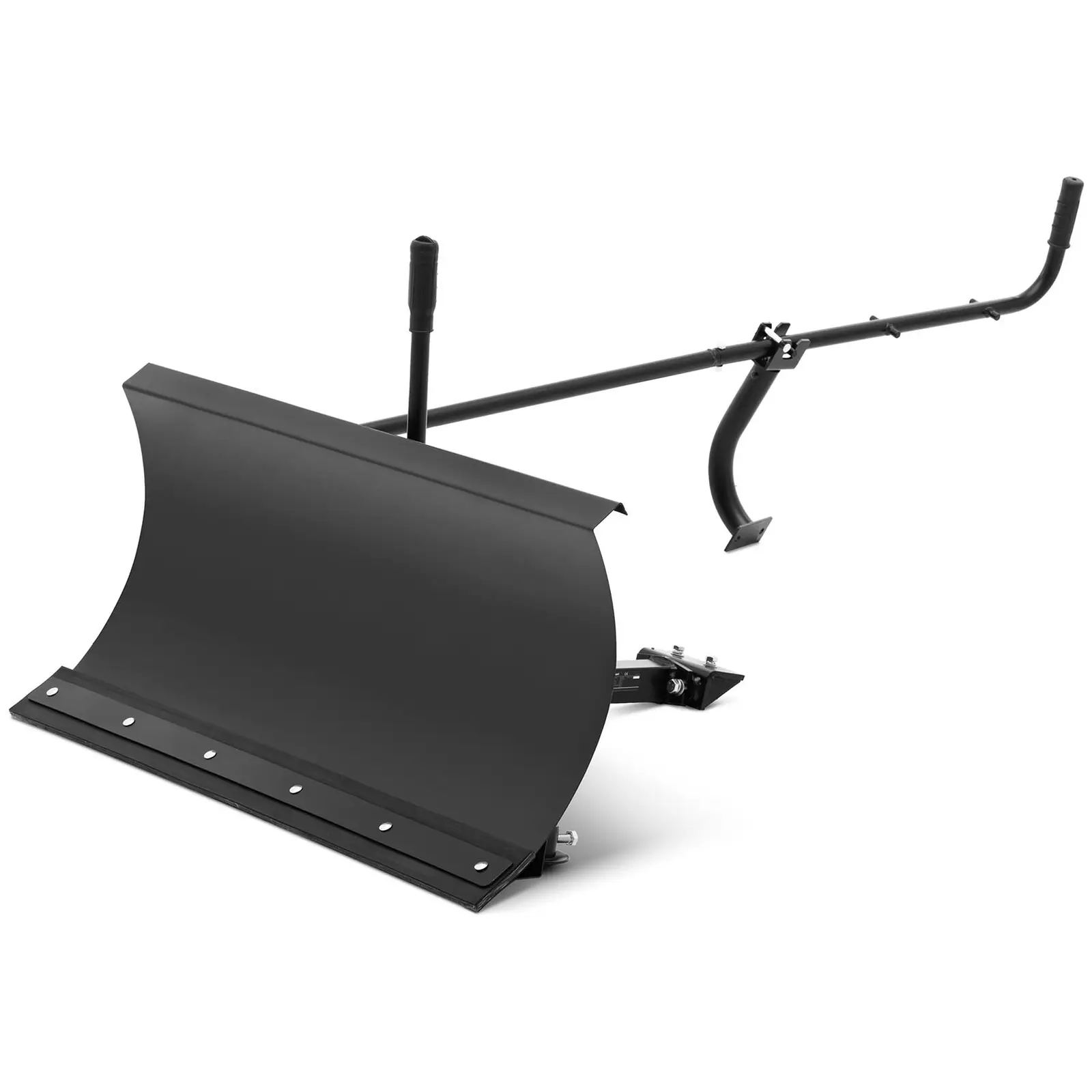
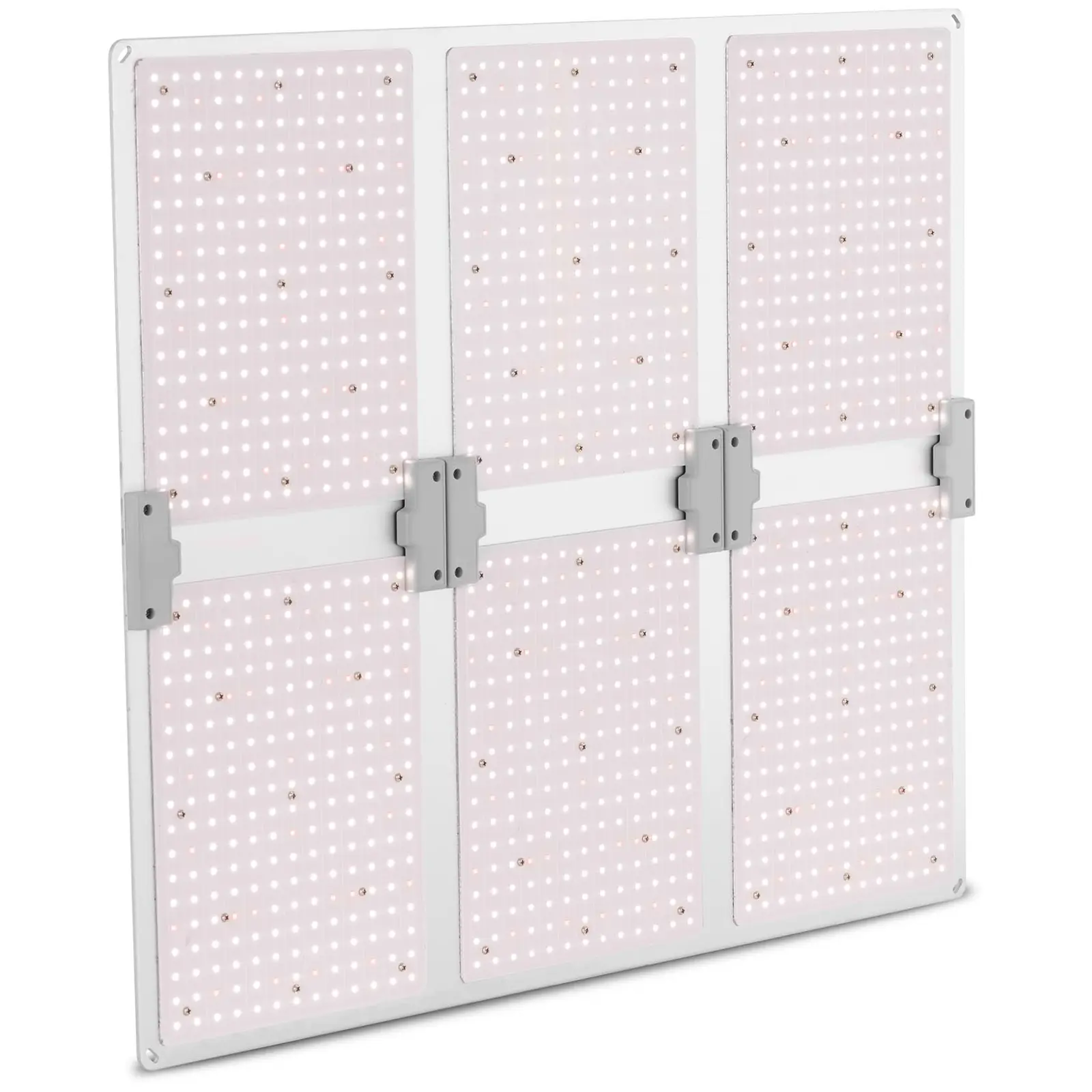





Share